Leading market players are spending a lot of money on R&D to increase the number of products they offer, which will encourage the market for fire protection system pipes to expand. Additionally, market participants are engaging in a range of strategic initiatives to increase their worldwide reach, with important market developments such as the introduction of new products, contracts, mergers and acquisitions, increased investments, and cooperation with other organizations. To grow and endure in an increasingly competitive and challenging market environment, Fire Protection System Pipes industry must provide reasonably priced goods.
One of the main business strategies employed by manufacturers is to produce locally to reduce operational expenses in the Fire Protection System Pipes industry to develop market sector and benefit customers. In recent years, the Fire Protection System Pipes industry has given the safety industry some of the biggest benefits. Major players in the Fire Protection System Pipes Market, including Johnson Controls International PLC, TATA Steel Limited (TATA Group) (Tata Sons Pvt. Ltd.), Simona AG, Astral Limited, China Lesso Group Holdings Ltd, Octal Steel, Jindal Industries Pvt.
Ltd., and others, invest in operations for research and development in an effort to improve market demand.
Johnson Controls International is a worldwide corporation with American and Irish citizenship that manufactures fire, HVAC, and security equipment for buildings and has its headquarters in Cork, Ireland. It employs 105,000 individuals as of the middle of 2019 in roughly 2,000 locations on six different continents. Tyco International and American corporation Johnson Controls merged to form the business. The acquisition saved money on taxes on operations in foreign markets and brought Alex Molinaroli, the CEO of Johnson Controls at the time, financial gain.
In 2021, It was revealed that Johnson Controls had chosen Ava Robotics to power its new 'Tyco Security Robot'. This fully autonomous security robot combines access control, video surveillance, and security robots with sensors, a touch screen, and two Tyco Illustra cameras.
Producing pipes made of polyvinyl chloride and chlorinated polyvinyl chloride is Astral Limited, an Ahmedabad-based manufacturer of building supplies and equipment. Sandeep Engineer created Astral Poly Technik Limited, afterwards renamed Astral Pipes. By obtaining a licence from Lubrizol to use their CPVC Resin procurement technology, the company initially introduced industrial CPVC pipes in India. However, after three years, they changed to the plumbing industry, where CPVC pipes replaced galvanized Iron (GI) pipes as the preferred choice. In 2022, for 1.94 billion (US$24 million), the business purchased a majority 51 percent ownership in Gem Paints.
A capacity expansion project was carried out by the corporation in Karnataka that same year, increasing annual capacity by 36,000 kiloliters.
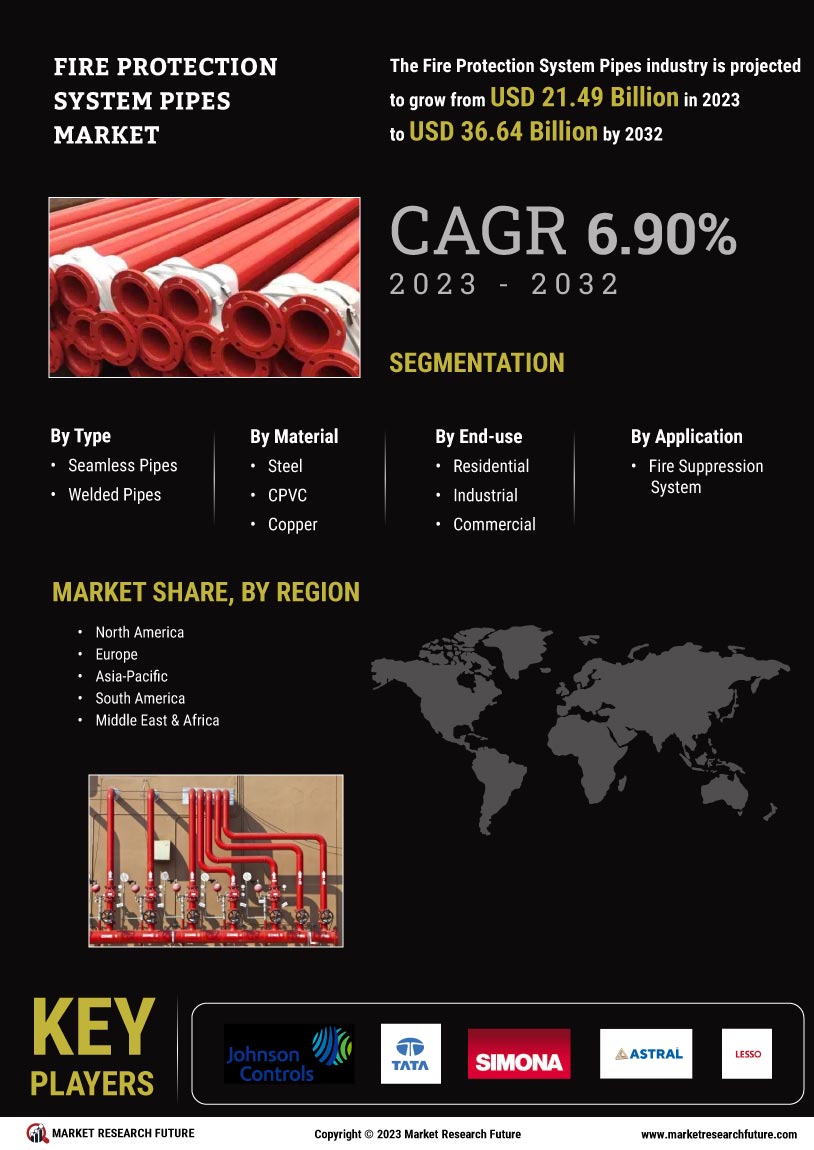

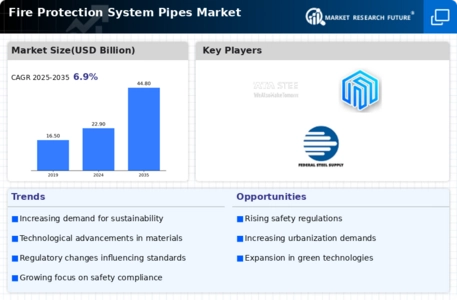


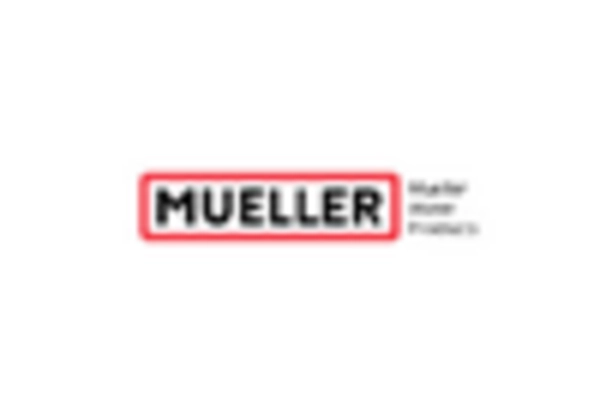

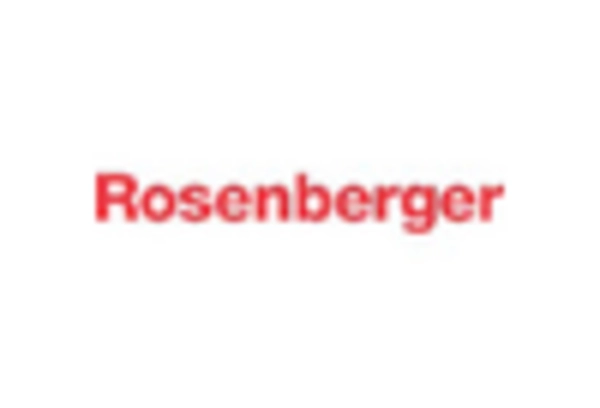
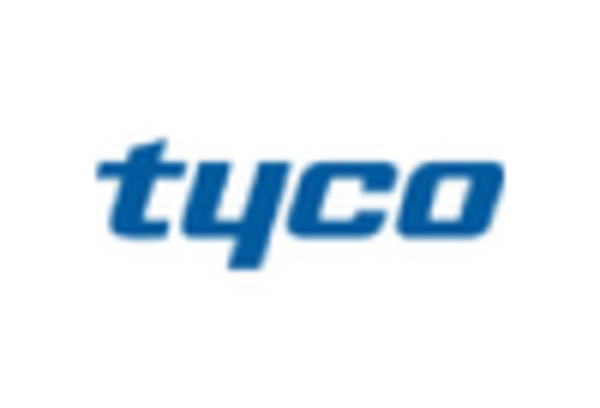









Leave a Comment